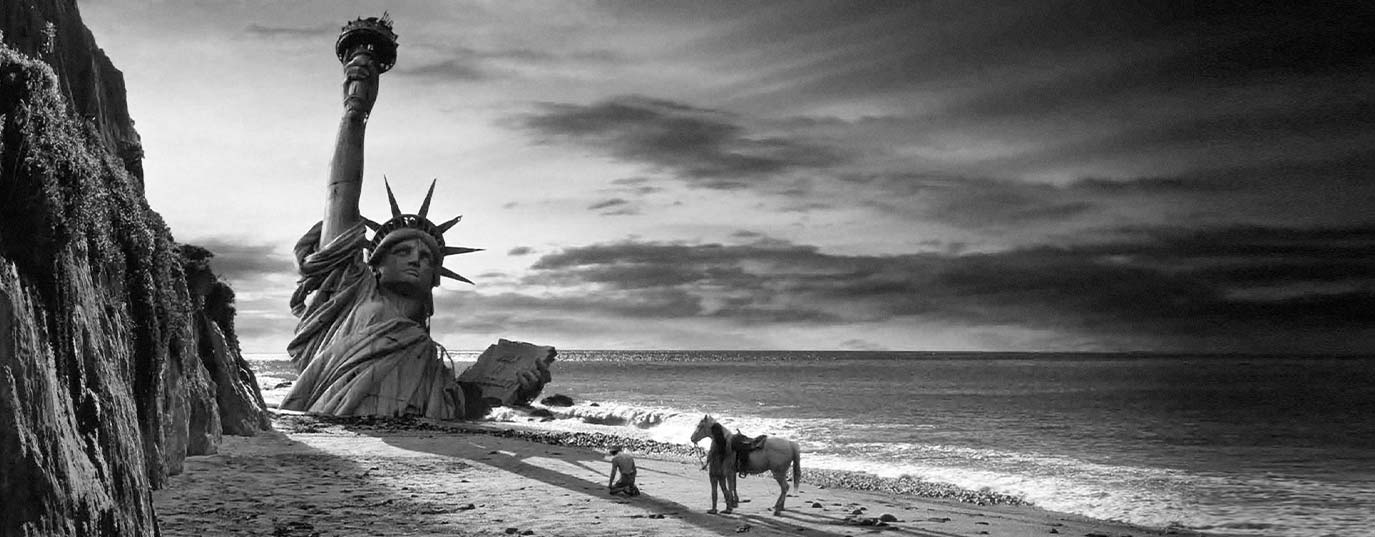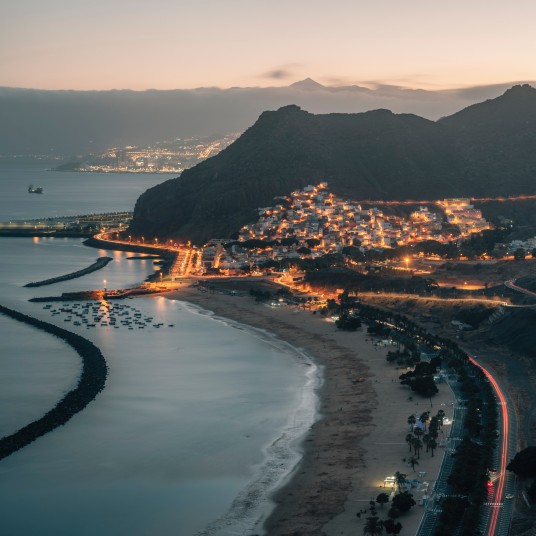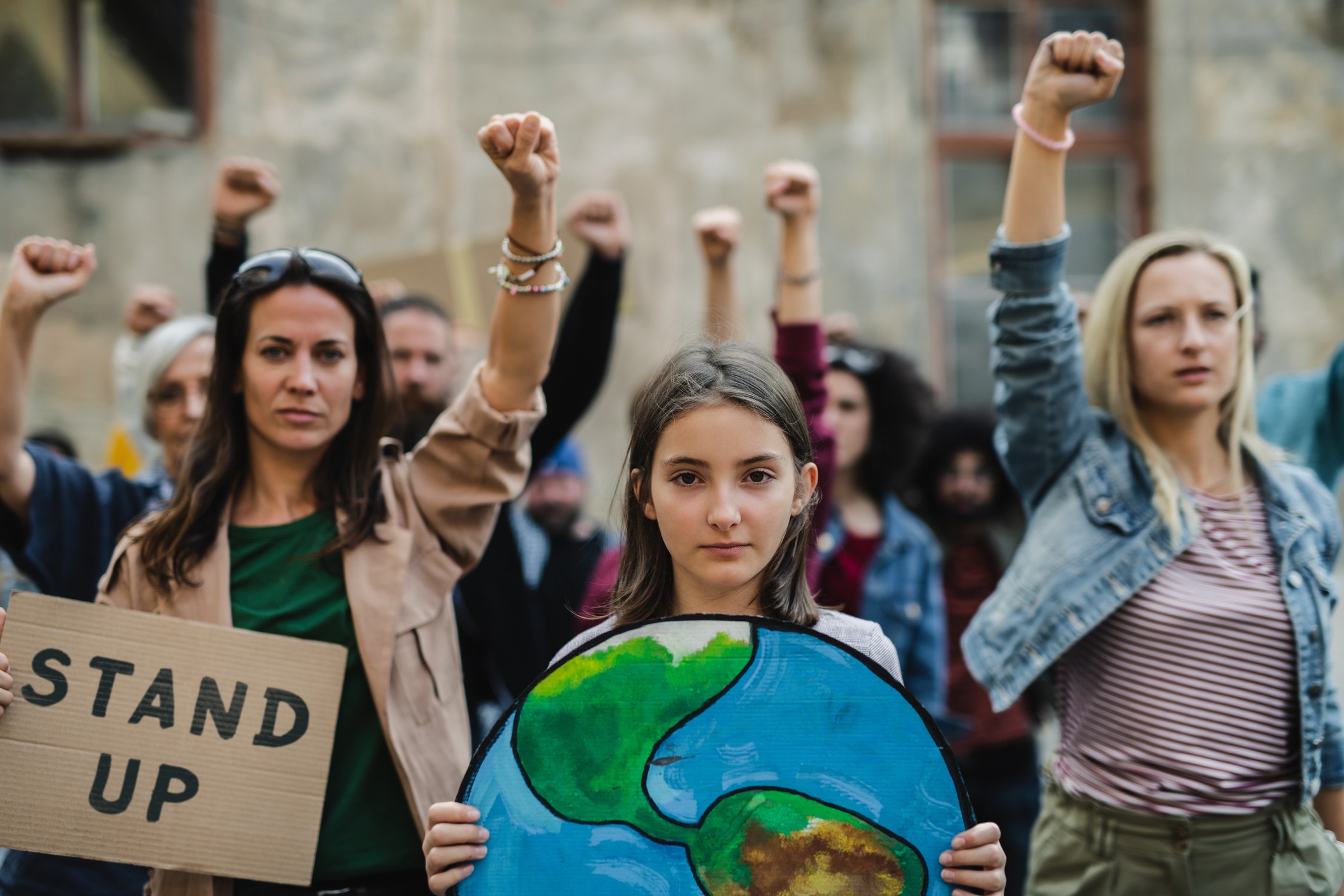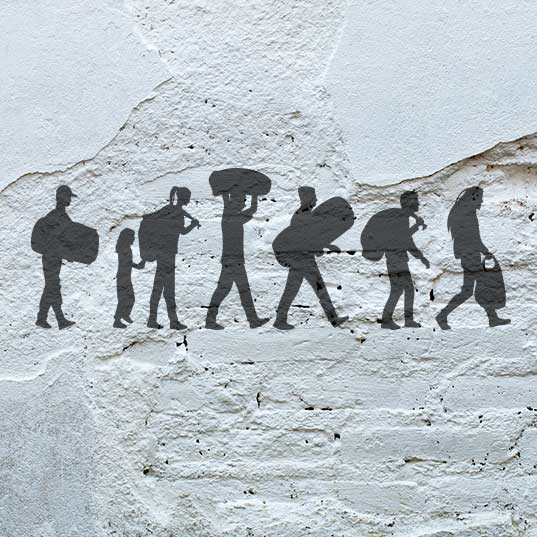Tourism and climate change, a cocktail that threatens iconic sites
From the canals of Venice to the wilderness of Tasmania, major tourism sites are at risk due to climate change.
Have you already chosen your holiday destination for this year? Many of the world's most iconic and visited places are under threat. In many countries, tourism and climate change are causing transformations at climate, social and cultural levels. A situation that may cause them to disappear or lose their own richness; and that may even affect the planet as a whole.
What will I read about in this article?
- Link between tourism and climate change
- Impact of tourism and climate change on nature
- Impact of tourism and climate change on oceans and coasts
Tourism and climate change put world heritage at risk
The Silk Road was not a single path, but a fragile network of intercontinental trails through some of Asia's highest mountains and most inhospitable deserts. A trade route that encompassed some of the most fascinating and complex systems in the history of the world's civilisations.
 Its appeal is undeniable. As a result, places like Luang Prabang, a Buddhist centre and Silk Road town in northern Laos, was declared a World Heritage Site in 1995.
Its appeal is undeniable. As a result, places like Luang Prabang, a Buddhist centre and Silk Road town in northern Laos, was declared a World Heritage Site in 1995.
The listing brought with it a considerable surge in tourism. The number of visitors increased from 14,400 in 1990 to 4.9 million in 2018 and is expected to reach 6.9 million by 2025.
But the city, whose origins date back to the 7th century, is more likely each year to suffer extreme rainfall and flooding due to climate change. This exposure is exacerbated by the challenge of adapting to global warming due to the proliferation of tourist infrastructures.
The effects of climate change - an increase in the number and severity of fires, loss of biodiversity, proliferation of extreme weather events, droughts, etc. – have an impact on all regions of the planet. And tourism, as we saw in this article, can aggravate these effects. The global rise in temperatures threatens not only the planet's natural wealth, but also its cultural heritage.
In recent times, we’ve witnessed how places of great value have suffered from forest fires, floods, storms, and so on. However, as UNESCO stresses, living heritage is also at risk. We are talking about oral traditions, performing arts, social practices, festive events and traditional knowledge. As climate change causes displacement and forced migration, entire ways of life risk being lost forever.
Thinking of a country holiday?
Nature is a source of life and beauty, a refuge that helps us to disconnect from the busy lives of the city. For this reason, it is often one of the most popular options when booking a holiday. The Earth is home to ecosystems that are worth seeing at least once in a lifetime - can you imagine travelling to Australia's Great Blue Mountains or Dominica's Morne Trois Pitons National Park?
Well, I am afraid that, after severe fires and a hurricane respectively, these places have degraded considerably. So much so that, during these events, they ceased to be carbon sinks due to the high amount of emissions they produced.
Other prominent examples include the wildfires that ravaged Lake Baikal in the Russian Federation in 2016 and Australia's Tasman Desert in 2020. Each of these wildfires generated greenhouse gas emissions in excess of the equivalent of 30 million tonnes of CO2 in a single year, surpassing the annual national fossil fuel emissions of more than half of the world's countries.
Furthermore, according to the UNESCO report World Heritage Forests: Carbon sinks under pressure, 60% of World Heritage forests are threatened by climate change-related events.
Are you more of a beach person?
Climate change is also affecting tourism in marine areas. Two thirds are currently experiencing a high risk of degradation. In fact, if no action is taken, coral may disappear from natural heritage sites by the end of the century.
 According to UNESCO, chemical changes in ocean waters affect 16 of the 50 marine and coastal sites assessed in 2020. The effects can range from ocean acidification to disruption of food chains. This would put the functioning of ecosystem services at risk.
According to UNESCO, chemical changes in ocean waters affect 16 of the 50 marine and coastal sites assessed in 2020. The effects can range from ocean acidification to disruption of food chains. This would put the functioning of ecosystem services at risk.
Sea level rise due to climate change is another specific threat to coastal and marine sites. Its impact will be perceived, for example, in the Spanish archipelago of the Canary Islands. According to a recent report, 148 beaches belonging to these islands will disappear by 2050. In total, at least 140 kilometres of coastline are at serious risk from flooding.
"There are two types of flooding that can occur on the coast. The first is of a permanent nature as a result of rising sea levels. The second, those associated with storms," one of the report's coordinators, Gustavo Herrera de Lamo, told diario.es.
The IPPC has already warned of this in one of its latest reports. If we maintain current levels of emissions, sea levels could rise by up to 60 centimetres. A measure that puts at risk places that, year after year, attract millions of tourists. We are talking about places like Venice, Amsterdam, the Maldives or the south of Vietnam, among many others.
Or are you thinking of a cruise across the Norwegian fjords?
Cruising through the spectacular wilderness of the Norwegian fjords is a dream for many, but a nightmare for this beautiful landscape. Over the last 150 years, countless cruise ships have arrived in the fjords with millions of visitors. As a consequence, large clouds of pollution began to cover the area.
This emergence led to strict local emission requirements for ships and the decision to completely curb emissions from cruise ships and ferries. The aim is to make the Norwegian fjords an emission-free area by 2026.
"The goal is to make the Norwegian fjords an emission-free area by 2026".
Fortunately, Norway is no exception. More and more places are taking measures to better manage the risks of global warming and are developing climate change adaptation plans. But, according to UNESCO, the number is still small. Much more can be done. Climate change is not just a problem for tourism, it’s the defining issue of our time, and one of the greatest threats facing cultural and natural heritage today. The time to act is now.
Source:
https://unesdoc.unesco.org/ark:/48223/pf0000380208_spa/PDF/380208spa.pdf.multi







